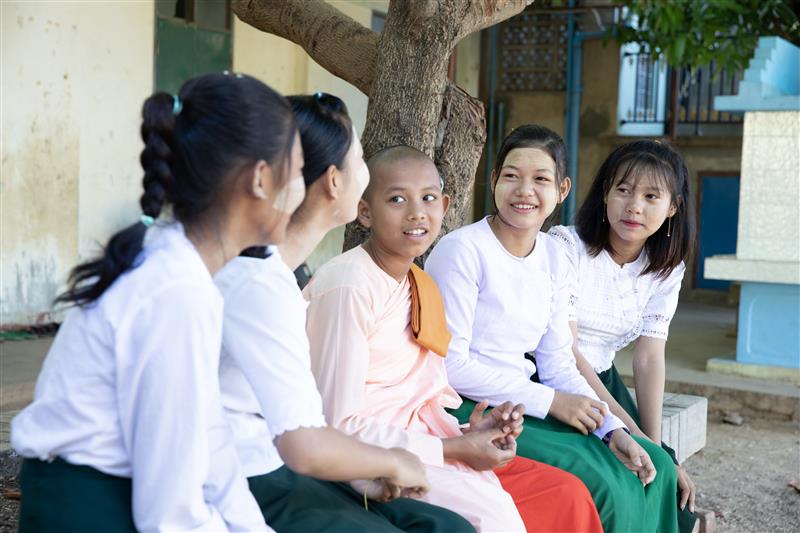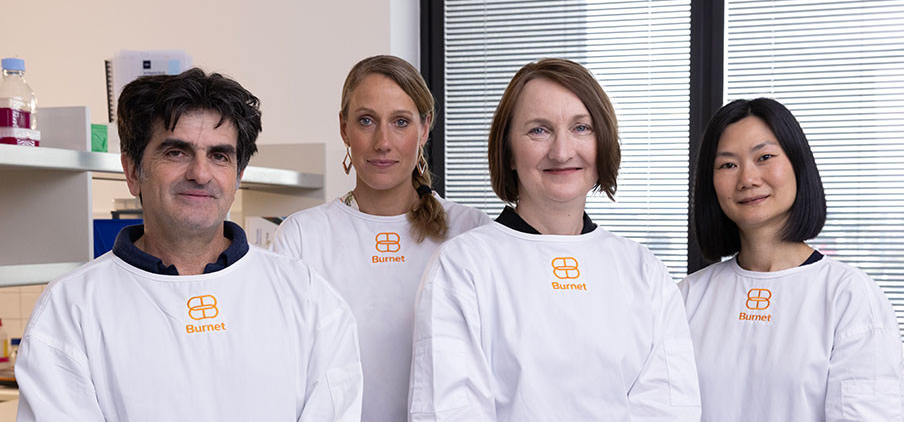
Review of the health and wellbeing of adolescents and young people in the Middle East and North Africa
There are over 126 million adolescents and young people in the Middle East and North Africa (MENA) accounting for 25% of the population in this region. This age groups marks a critical developmental stage during which the foundations for future health and wellbeing, and that of future generations, are established.
Objective
Adolescence is also a period of unique risks and needs with respect to health–distinct to the health needs of children and adults. However, adolescents globally, and in the MENA region, face considerable barriers to accessing effective health services and support, and their specific health are often largely invisible in policy and planning.
The aim of this project was to use nationally-comparable data to describe and quantify health outcomes, risks, and factors related to wellbeing for 10-24 year-olds in 20 countries in the MENA region.
Timeline
2022–2023.
Approach
Specifically, the work involved:
- developing a conceptual framework that defines key domains of health and wellbeing for 10-24 year-olds
- map available comparable data and indicators for adolescent health across the MENA region
- populate available indicators and define key measurement gaps to help inform future efforts around adolescent health and wellbeing in the region.
The project produced 20 country profiles that will describe the key outcomes, risks and determinants of adolescent health and wellbeing, data gaps and further research priorities.
Partners
Funding partners
UNICEF Middle East North Africa
Collaborators
UNICEF Middle East North Africa Regional Office
Project contacts

Dr Elissa Kennedy
Co-Program Director, Women’s, Children’s and Adolescents’ Health; Co-Head Global Adolescent Health
Project team

Professor Peter Azzopardi
Honorary Fellow

Dr Marie Habito
Senior Research Officer




